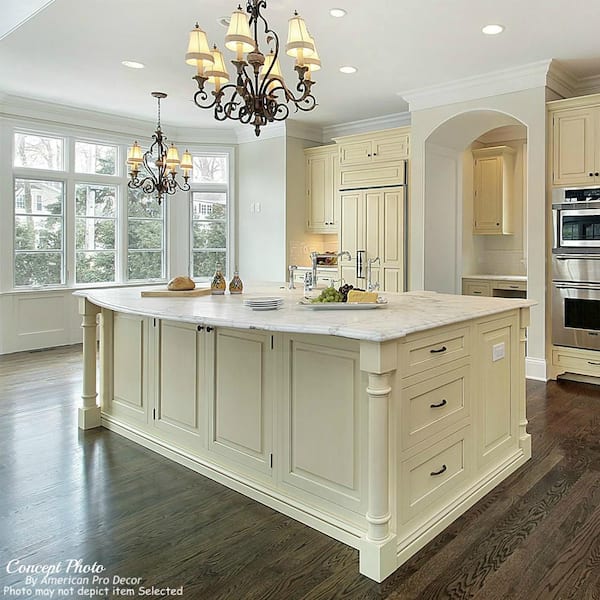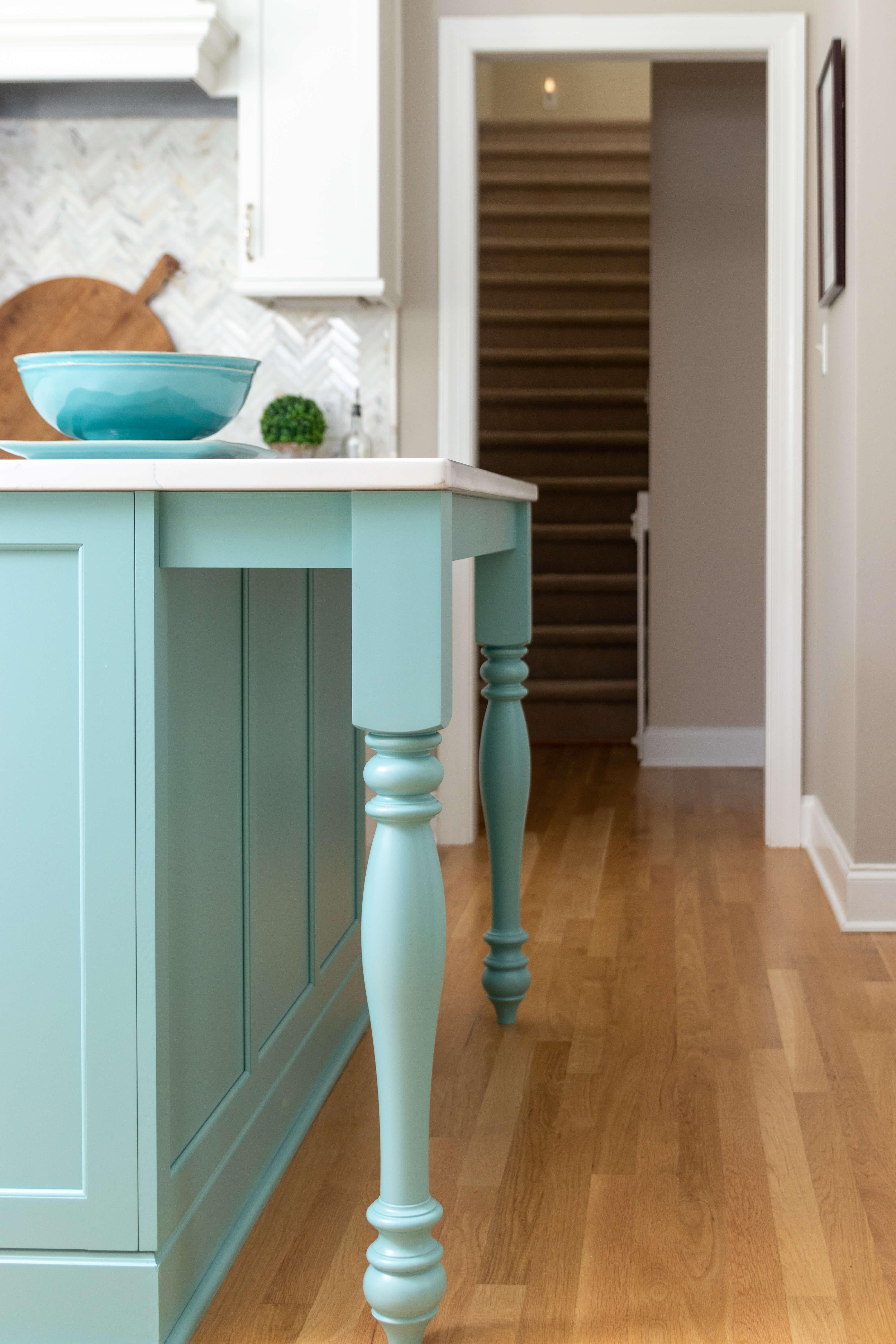Kitchen Island Legs for Modern and Standard Kitchens
Kitchen Island Legs for Modern and Standard Kitchens
Blog Article
Essential Tips for Selecting the Perfect Table for Your Cooking Area
Picking the best dining table for your cooking area is even more than simply an issue of preference; it requires an extensive understanding of your area and requirements. The form of the table plays an essential duty; while rectangle-shaped tables match bigger areas, round ones foster affection, and extendable choices offer flexibility. The table must harmonize with your cooking area's appearances and accommodate your household conveniently.
Step Your Area
Choosing the optimal table starts with a careful evaluation of your available room. This foundational action makes sure that the table not only fits easily within the space yet also matches the total design and performance of your dining location. Begin by determining the measurements of the room, taking into consideration entrances, home windows, and any existing furnishings. This will help you establish the optimum allowed dimension for your table.
It is vital to leave sufficient area for chairs to be drawn out and for people to relocate around the table without blockage. A basic guideline of thumb is to permit at the very least 36 inches of clearance from the side of the table to the closest wall surface or item of furnishings.
Furthermore, consider the number of individuals you commonly delight and whether you require additional room for visitors. Choosing an extendable table can provide flexibility, enabling you to suit differing numbers of diners. By accurately gauging your area, you lay the foundation for picking an eating table that boosts both the appearances and capability of your eating location.
Pick the Right Forming

On the various other hand, round tables are outstanding for smaller kitchens or intimate events, as they promote discussion by permitting every person to encounter each various other. They also offer a sense of comfort and can fit well in tighter spaces because of their absence of sharp edges. Oblong tables use the finest of both worlds, combining the length of rectangular tables with the intimacy of rounded ones, making them versatile for different settings.
Square tables are another option, particularly suited for square-shaped rooms. They create a symmetrical and modern appearance, cultivating an equivalent dining experience for all seated.
Material Considerations
When selecting an eating table, product considerations are paramount in establishing the table's longevity, maintenance needs, and total aesthetic. Timber is a traditional selection, providing timeless allure and toughness.
Glass-topped tables provide a modern-day, smooth look and can make a room appear bigger due to their openness. They call for frequent cleansing to prevent finger prints and spots. Additionally, solidified glass is recommended for its additional toughness and safety.

Finally, composite materials like MDF (Medium-Density Fiber board) or plywood are affordable alternatives. These products can simulate the appearance of strong wood yet may not offer the very same durability. They are typically easier to tidy but can be at risk to water damage if not appropriately sealed.
Inevitably, the he has a good point option of product should straighten with your kitchen's design, your way of life requires, and your budget plan restraints. (kitchen island legs)
Seating Ability and Comfort
How do you identify the ideal seats capacity and comfort for your dining table? For a household of 4, a rectangle-shaped table of 48 inches long or a round table with a 48-inch diameter is typically adequate.
Convenience is just as essential. The height of the table ought to preferably be around 30 inches, supplying a well balanced ergonomic position for seated restaurants. Chairs should have a seat height of 18 to 20 inches to guarantee a comfy eating pose. In addition, take into consideration the chair layout; upholstered seats and supportive backrests can enhance dining comfort substantially, particularly throughout extended dishes.
Design and Aesthetics
Picking a table that matches your design and looks includes balancing personal preference with the existing style of your eating area. The dining table is frequently the centerpiece of the he said kitchen, and its layout should enhance the general style of the room. Whether your cooking area flaunts a contemporary, minimalist appearance or a rustic, farmhouse appeal, the table you select ought to harmonize with these components to produce a cohesive and welcoming ambience.
Think about materials thoroughly; timber provides a classic charm and can range from abundant mahogany for a standard seek to lighter oak for a modern feel. Steel and glass tables, on the various other hand, can introduce a streamlined, industrial side to your kitchen area. Don't ignore the table's shape-- rectangle-shaped tables are flexible and timeless, while round and oblong choices can cultivate a much more intimate eating experience.
Furthermore, pay close attention to surfaces and details. A distressed coating may include character and heat, whereas a shiny surface can add to a clean, modern-day aesthetic. Eventually, your table must not only healthy perfectly into your cooking area's layout however additionally reflect your individual design, elevating the area both functionally and aesthetically.
Conclusion
In verdict, picking the ideal dining table for a kitchen necessitates careful assessment of area, shape, material, seating capacity, and aesthetic consistency. Ultimately, an appropriate dining table fosters a welcoming atmosphere and suits the house comfortably, thus boosting the eating experience.

When selecting an eating table, product considerations are critical in establishing the table's resilience, maintenance demands, and total visual. For a family of four, a rectangular table of 48 inches long or a round table with a 48-inch size is normally enough.
Do not overlook the table's shape-- rectangular tables are functional and timeless, while round and oblong options can foster a more intimate dining experience. kitchen island legs.
Report this page